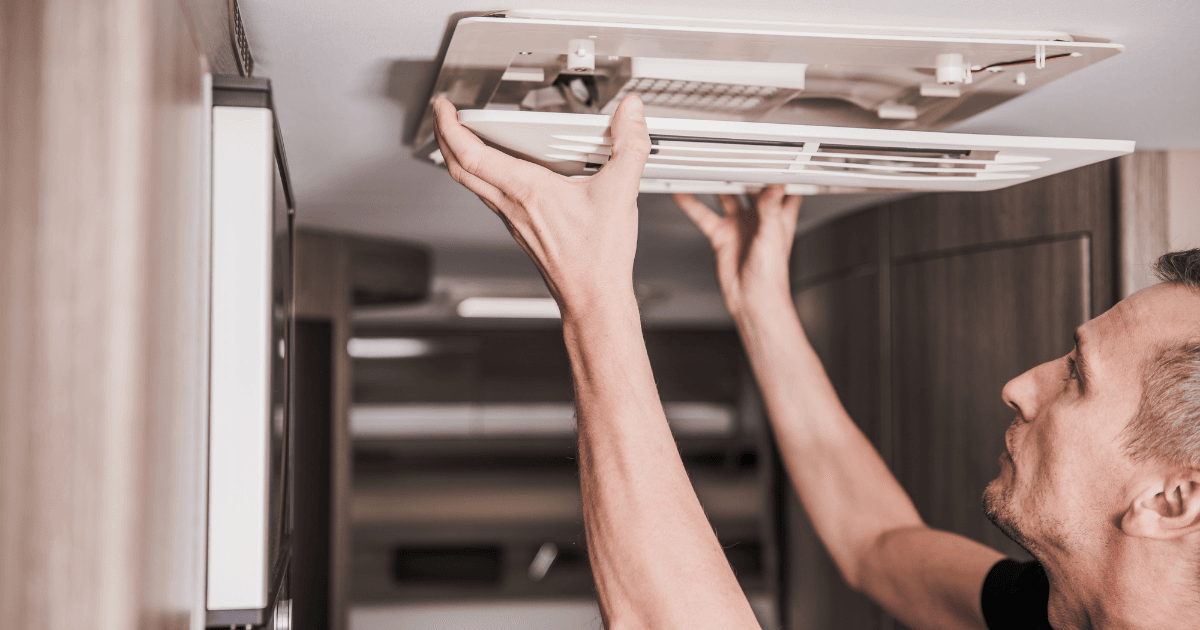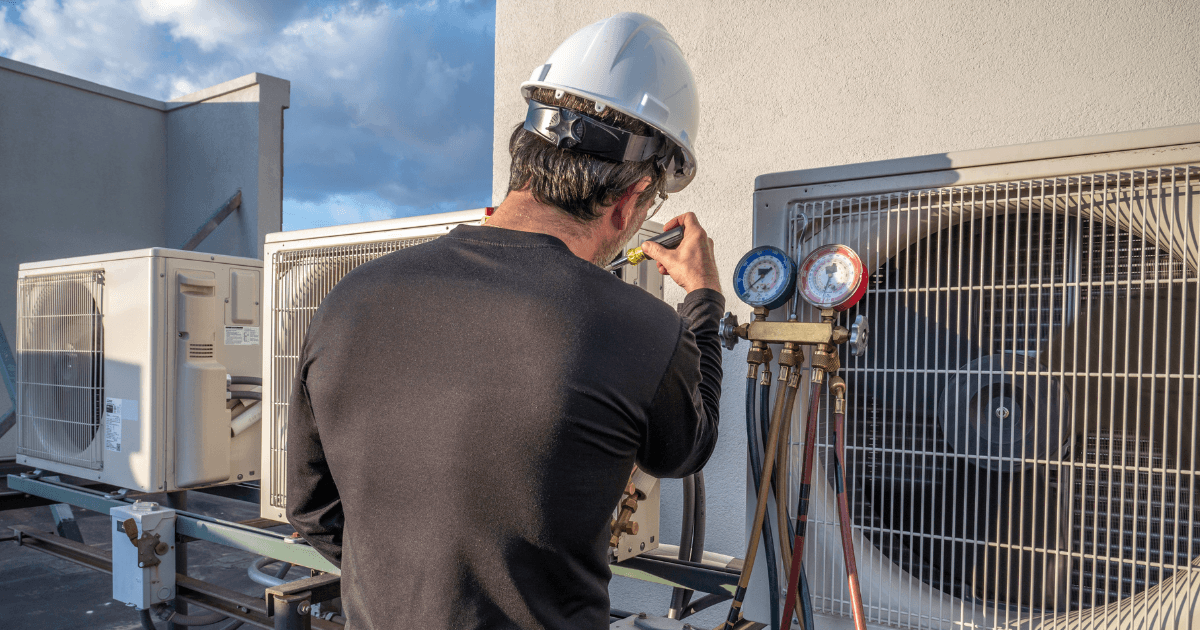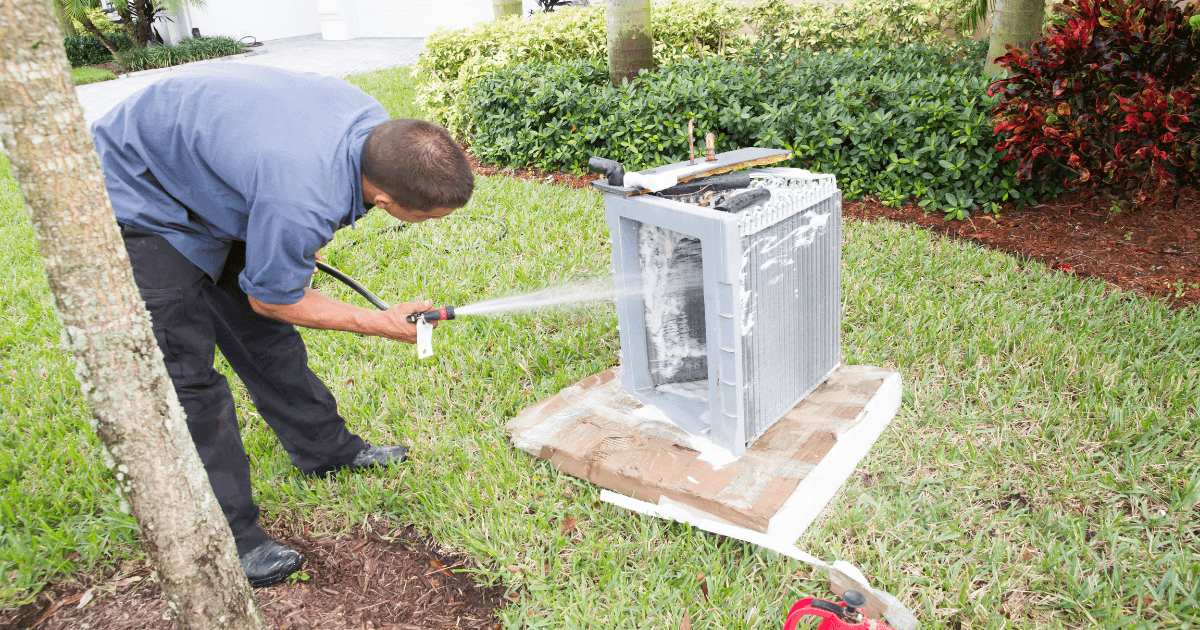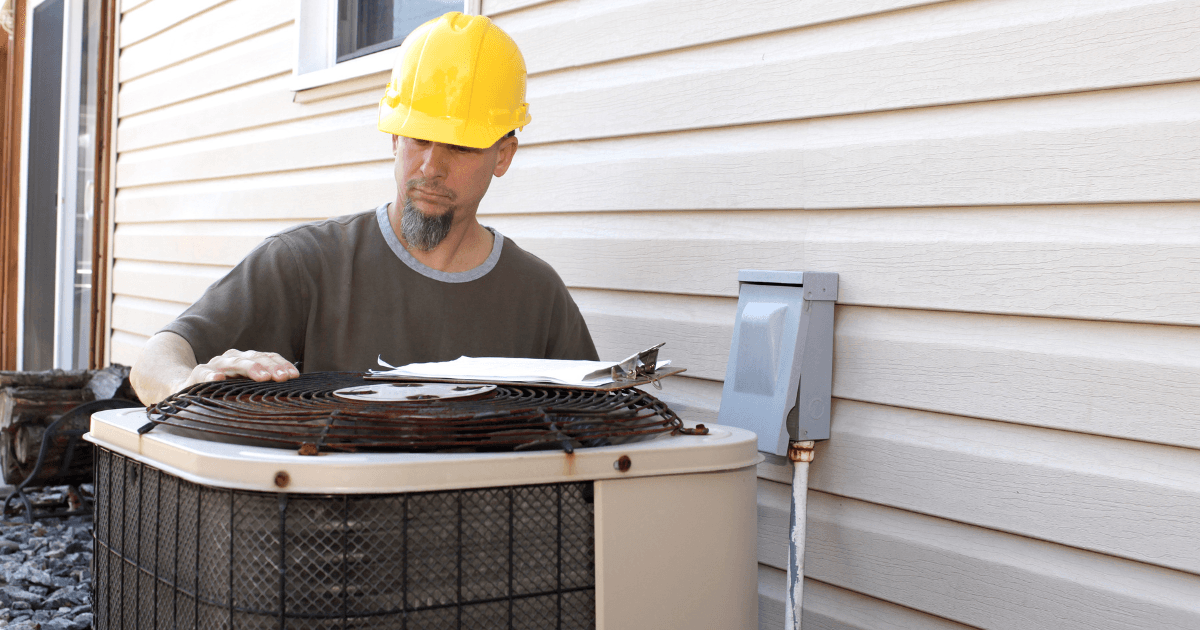As spring rolls around and temperatures begin to rise, one of the most important tasks for homeowners is ensuring their air conditioning (AC) unit is prepared for the warmer months ahead. For many, this is a routine task, but often it’s approached without a deeper understanding of why these steps are necessary and how they can drastically improve the system’s longevity, efficiency, and energy savings. By deconstructing the fundamentals of air conditioning systems and how they interact with their environment, we can create a better, more optimized approach to seasonal maintenance.
Let’s break down the six most crucial tasks that ensure your AC unit runs smoothly, using first principles to better understand their importance and how they can be executed more effectively.
I. Replace or Clean the Air Filters: The Gateway to Efficiency and Air Quality
At its core, an air conditioning system functions by drawing in air, cooling it, and then distributing it throughout your home. One of the most critical components in this process is the air filter. It serves as a barrier, preventing dust, dirt, and debris from entering the internal components of the system and ensuring that only clean air circulates. But why is this so important?
From a first-principles perspective, airflow is the lifeblood of any AC system. If the air filter becomes clogged with dust and debris, it constrains airflow, forcing the system to work harder to maintain the desired temperature. This increased workload not only reduces energy efficiency but also puts undue strain on the system’s internal parts, accelerating wear and tear.
Therefore, replacing or cleaning your air filters is fundamental. Not only does this restore optimal airflow, but it also ensures that indoor air quality remains high. Dirty filters can lead to increased allergens, mold, and bacteria circulating within your home, which poses health risks. By thinking in terms of fundamentals—airflow, filtration, and energy efficiency—it becomes clear why this task is the cornerstone of springtime AC maintenance.
II. Inspect the Thermostat: The Brain of Your System
A thermostat is often seen as a simple control device, but it plays a critical role in optimizing energy use and maintaining comfort. At its core, the thermostat is the brain of your HVAC system, directing it when to start, stop, and adjust its output based on temperature readings. If the thermostat is improperly calibrated or malfunctioning, the entire system operates inefficiently.
When inspecting your thermostat, you must first ensure it is set to cooling mode and calibrated correctly. A miscalibrated thermostat could lead to an AC system that cools unnecessarily, thus wasting energy and driving up utility bills. Calibration ensures that the temperature being read by the thermostat is accurate, allowing the system to adjust accordingly.
Smart thermostats, now widely available, provide an additional layer of optimization. Using machine learning and sensors, they can “learn” your household patterns and preferences, adjusting the cooling output for maximum comfort and energy efficiency. Investing in a smart thermostat not only optimizes AC performance but also reduces energy waste—a key factor in achieving long-term savings.
III. Clear Debris Around the Outdoor Unit: Maximizing Heat Exchange Efficiency
The outdoor unit of an air conditioning system is responsible for heat exchange, a fundamental principle in cooling. As warm air is drawn from inside your home, it is expelled through the outdoor condenser. If this process is obstructed by debris such as leaves, dirt, or overgrown plants, the system struggles to release heat efficiently.
Heat transfer efficiency is vital for maintaining low energy usage and effective cooling. When debris accumulates, it insulates the condenser coils, preventing them from effectively dispersing heat. The result is that the system works harder to cool the same amount of air, leading to higher energy consumption and potential overheating.
Clearing debris around the outdoor unit ensures unobstructed airflow, allowing the condenser to do its job efficiently. From a first-principles perspective, ensuring effective heat exchange is critical for maintaining the overall health of the AC system, particularly in regions prone to dust and seasonal foliage.
IV. Check Refrigerant Levels and Look for Leaks: Maintaining the System’s Lifeblood
Refrigerant is essential to the cooling process—it’s the substance that absorbs and transfers heat. Without sufficient refrigerant, your AC cannot properly cool your home. While refrigerant should remain at optimal levels, leaks can sometimes develop, leading to a loss of cooling capacity.
The fundamental principle at play here is thermodynamics. Refrigerants operate by absorbing heat inside the home and expelling it outdoors. If the refrigerant level is too low, the system loses its capacity to absorb enough heat, causing inefficient cooling and increased energy consumption.
Checking refrigerant levels and addressing leaks, if any, ensures that the system maintains its ability to transfer heat effectively. Importantly, refrigerants should only be handled by licensed HVAC professionals, as improper handling can lead to environmental harm and health risks.
V. Test Run the System: Early Detection of Issues
Running a test of the AC system before the full onset of summer provides insight into its overall health. This step is about early detection—catching any operational inefficiencies or signs of impending failure before they escalate into costly repairs or system breakdowns during the hotter months.
From a mechanical perspective, an air conditioning system comprises several moving parts—compressors, fans, belts—all of which are susceptible to wear. A test run allows you to listen for unusual noises, feel for reduced airflow, and detect odors, all of which indicate potential issues that need attention.
By identifying these problems early, homeowners can address them before they worsen, minimizing repair costs and maximizing the system’s efficiency.
VI. Schedule Professional Maintenance: A Proactive Approach to Longevity
While DIY maintenance is essential, some tasks require a professional’s expertise. Having a trained HVAC technician inspect your system goes beyond routine tasks like filter replacement and coil cleaning. Professionals can identify and address issues that may not be immediately apparent to homeowners.
For instance, professionals perform deep-cleaning tasks that involve clearing debris from internal components and lubricating moving parts. They also inspect electrical systems and refrigerant levels, ensuring the system operates within its optimal parameters.
A well-maintained system not only runs more efficiently but also lasts longer. The upfront cost of professional maintenance is a small price to pay for preventing expensive repairs or the premature replacement of your system.
Additional Tips for Maximizing Efficiency
Beyond the basics of preparing your AC for spring, there are additional strategies that ensure your system runs efficiently all season long.
- Optimal Thermostat Settings: Keeping the thermostat at an optimal temperature—usually around 78°F when you’re home—reduces energy use without sacrificing comfort. Additionally, raising the temperature when you’re away from home can lead to significant savings.
- Using Ceiling Fans: Ceiling fans can complement your AC system by circulating cooled air more efficiently. This allows you to raise the thermostat a few degrees without sacrificing comfort.
- Keeping Windows and Doors Sealed: Proper insulation and sealed windows and doors prevent cooled air from escaping and warm air from entering, minimizing the load on your AC unit.
Conclusion: Protecting Your Comfort and Savings This Spring
Starting up your air conditioning system in the spring is about more than just flipping a switch. It’s about understanding the fundamental principles of how your system works and optimizing those processes for maximum efficiency and comfort. By replacing filters, checking refrigerant, clearing debris, and scheduling professional maintenance, you ensure that your AC unit not only performs well but also lasts longer.
In a world where energy efficiency is becoming increasingly important, these steps not only reduce your carbon footprint but also save you money on utility bills. The benefits extend beyond just comfort—they represent a proactive, thoughtful approach to home maintenance, one that pays dividends in both the short and long term.
So, as the temperatures rise, ensure that your air conditioning system is ready to meet the demands of the season, efficiently and effectively.





